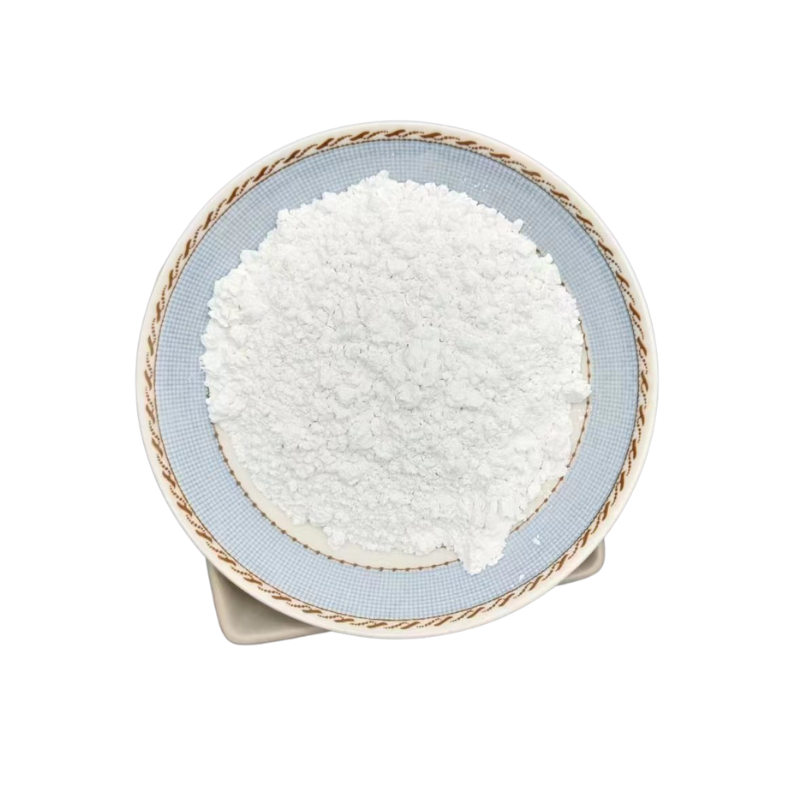
minerals around us and their uses
Minerals Around Us and Their Uses
Minerals play an indispensable role in our daily lives, often without us even realizing it. These naturally occurring inorganic substances are not only fundamental to the Earth's structure but also integral to various industries and consumer products. From the metals we use in construction to the minerals found in our household products, they are all around us, contributing to our way of life in multiple ways.
One of the most commonly used minerals is quartz. This mineral, composed of silicon and oxygen, is found in abundance in the Earth's crust. Quartz is widely utilized in the manufacturing of glass, ceramics, and electronics. Its piezoelectric properties make it essential in the production of oscillators and frequency controls in electronic devices, such as smartphones and computers, ensuring that they operate smoothly and efficiently.
Another key mineral is feldspar, which accounts for approximately 60% of the Earth's crust. Feldspar is primarily used in the production of ceramics and glass. It acts as a flux, lowering the melting temperature of the mixtures during the ceramic firing process. This makes feldspar crucial in the manufacturing of porcelain and tiles, showcasing its importance in both the construction and decorative industries.
Minerals Around Us and Their Uses
Moreover, gypsum, primarily composed of calcium sulfate, is widely utilized in the construction industry as a key ingredient in drywall and plaster. Its fire-resistant properties make it an essential material for building safety. Gypsum is also used in agriculture to improve soil structure and drainage, showcasing its versatility and importance in multiple sectors.
minerals around us and their uses

When it comes to metals, bauxite is the principal ore for aluminum. This lightweight metal is known for its strength and resistance to corrosion, making it ideal for a diverse range of applications. Aluminum is extensively used in transportation (aircraft and vehicles), packaging (aluminum cans and foils), and construction (window frames and roofing). The demand for aluminum continues to grow due to its recyclable nature, reinforcing the need for sustainable practices in mineral extraction and processing.
Furthermore, iron ore is vital for the manufacture of steel. Steel is one of the most widely used materials in construction, transportation, and infrastructure development. It is used in everything from buildings and bridges to vehicles and machinery. The versatility and durability of steel have made it a cornerstone of modern civilization, highlighting the importance of iron ore mining.
In the realm of energy, coal and uranium are crucial minerals. Coal serves as a primary source of electricity generation in many parts of the world, while uranium is key for nuclear power generation. Both minerals have significant environmental impacts and raise questions about sustainability and the future of energy consumption. As society shifts towards renewable energy sources, the role of these minerals is being re-evaluated.
Finally, unique minerals like talc and graphite have specialized uses. Talc is often used in cosmetics and personal care products, while graphite is essential for batteries and lubricants. The rise in electric vehicles has increased the demand for graphite, as it is a critical component in lithium-ion batteries. This shift towards electrification highlights the evolving role of minerals in our transition to greener technologies.
In conclusion, minerals are an integral part of our everyday lives, underpinning various industries and consumer products. From the construction materials that build our homes to the electronics that keep us connected, the significance of these natural resources cannot be overstated. As we advance into a future focused on sustainability and innovation, understanding the uses and importance of minerals will be crucial in shaping a balanced approach to resource management and environmental stewardship. As we explore and utilize these resources, it’s essential to develop sustainable practices that minimize environmental impact while maximizing benefits to society.
Share
-
Vermiculite Wholesale – Premium Quality, Bulk Supply & Competitive PricingNewsJun.10,2025
-
Premium Glass Pebbles Custom Glass Pebbles Factory & OEM Manufacturer Reliable Custom Glass Pebbles FactoriesNewsJun.10,2025
-
Expert Custom Zeolite Producers Manufacturers & FactoriesNewsJun.10,2025
-
Custom Glow in the Dark Beads High-Quality Custom ManufacturersNewsJun.10,2025
-
China Ceramsite Balls Factory - Lightweight & Durable Media Solutions ManufacturerNewsJun.09,2025
-
Custom Matte Mica Powder Manufacturers High Quality & AffordableNewsJun.09,2025






